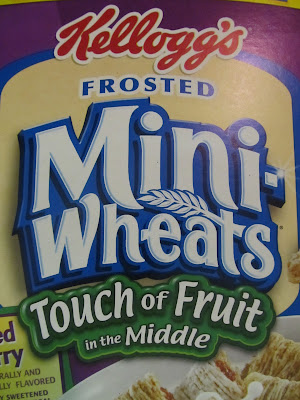Echinoderms and crustaceans are both able to reginerate. An echinoderm can reginerate legs as long as part of the center is left. When crustaceans lose a claw, the left over one takes its place and a new one is grown.
Differences:
Echinoderms -
- Name means "spiky skin
- Radial symmetry
- Endoskeleton
- Calcium carbonate skeletal system
- Don't molt
- Cool video link
- Name means "jointed feet"
- Bilateral symmetry
- Exoskeleton
- Chitin skeletal system
- Molt
Crustaceans
Yeti Crab
| http://bioweb.uwlax.edu/bio203/s2009/decker_rour/taxonomy.htm |
Kingdom - Animalia
Phylum - Arthropoda
Class - Malacostraca
Order - Decapoda
Family - KiwaidaeGenus - Kiwa
Species - hirsuta
Japanese Spider Crab
Kingdom - Animalia
Phylum - Arthropoda
Class - Malacostraca
Order - Decapoda
Family - Inachidae
Genus - Macrocheira
Species - kaempferi
Species - kaempferi
Squat Lobster (one species)
|
Kingdom - Animalia
Phylum - Arthropoda
Class - Malacostraca
Order - Decapoda
Family - Chirostylidae
Genus - Eumunida
Species - picta
Echinoderms
Sea Urchin (one species)
| http://wamuseum.com.au/dampier/explore_echinoderm_seaurchin.asp |
Kingdom - Animalia
Phylum - Echinodermata Class - Echinoidea
Order - Cidaroida
Family - Cidaridae
Genus - Prionocidaris Species - baculosa
Firebrick Starfish
Firebrick Starfish
| http://www.britannica.com/EBchecked/media/55563/Firebrick-starfish |
Kingdom - Animalia
Phylum - Echinodermata
Class - Asteroidea
Order - Valvatida
Family - Asterodiscididae
Genus - Asterodiscides
Species - truncatus
Eccentric Sand Dollar
 |
| http://echinoblog.blogspot.com/2010/08/cloning-as-sand-dollar-defense-why-run.html |
Kingdom - Animalia
Phylum - Echinodermata
Class - Echinoidea
Order - Clypeasteroida
Family - Dendrasteridae
Genus - Dendraster
Species - excentricus



















